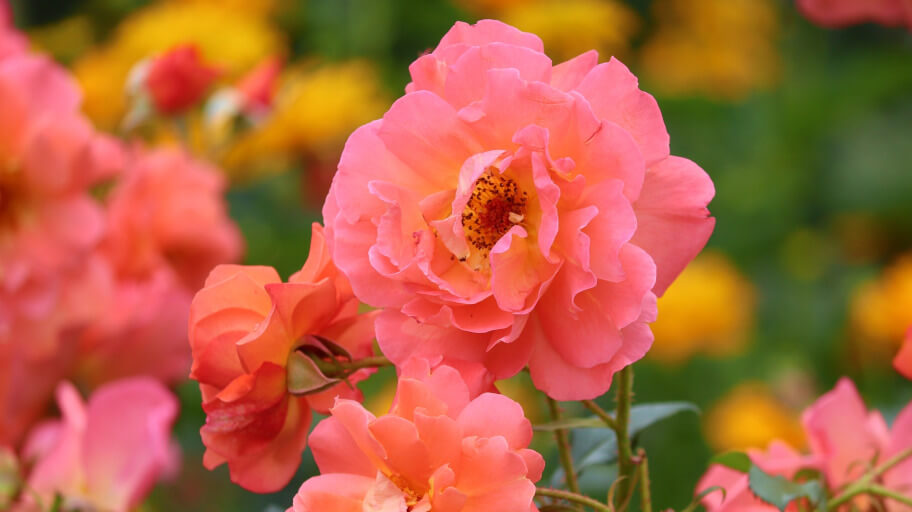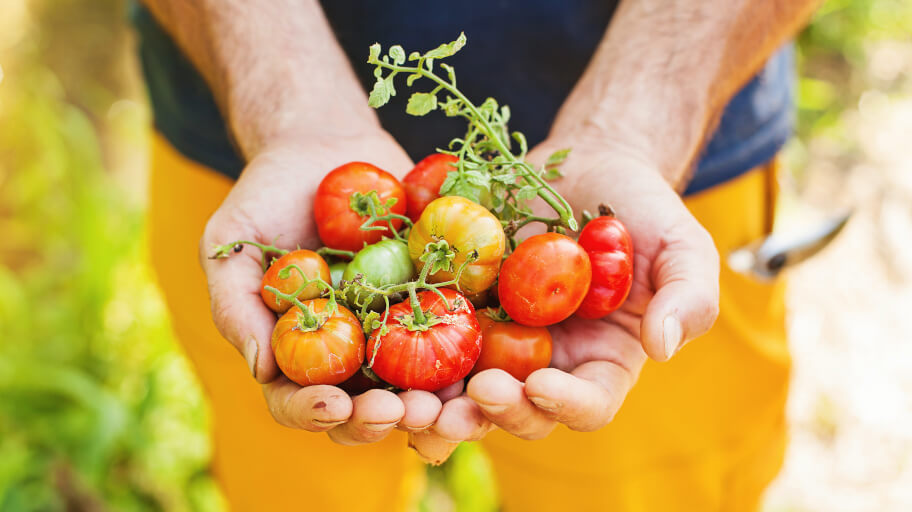
Mulch is a layer of material that covers the surface of the soil. It’s used to retain moisture in the soil, improve its fertility, control the temperature, reduce weed growths, and last but not least – improve the visual appeal of the garden. Mulch can be everything from pebbles to dry leaves, so we’ll go over all the different types and their specifications and how to choose the best one for yourself.
Types of mulch
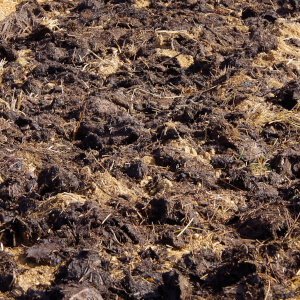
Composted Manure
Can be used almost anywhere. Manure however has to be properly ripened before use.
Also make sure there are no weeds in the mix. Best used for insulation.
Gives a boost of slowly released nutrients. If you are unsure, check our composting guide.
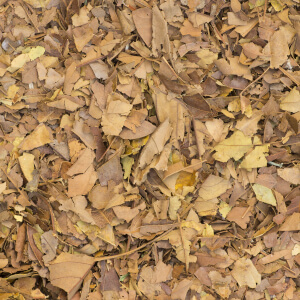
Leaves
Most universal mulch.
Your garden will love it. It also attracts earthworms to the soil.
The best part is that you can gather leaves in your backyard every time they fall. This provides you with a free and easy-to-access source of this commonly used mulch.
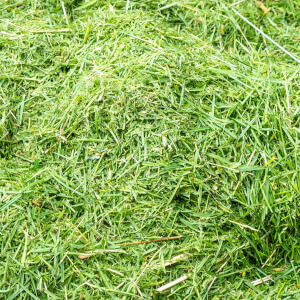
Grass Clippings
Best used on places that you don’t really grow anything on.
Good for suppressing weeds. Be aware that when it decomposes it can produce a foul odour.
Keeping the things mentioned above in mind, consider keeping the product of your lawn mowing next time.

Straw & Hay
Best for vegetable gardens. Because straw decomposes slow it will last the growing season.
It serves as a great shelter for spiders and beneficial insects, which will help you keep the pest population in control.

Cocoa beans
Cocoa hulls are an excellent choice when you want to increase the soil’s vitality.
Regardless if it’s a vegetable garden or flower beds.
Cocoa bean hulls also help retain moisture in garden beds. It will also help you cut back on herbicide.

Bark (both softwood and hardwood)
Great around trees, shrubs and in garden beds.
Places you won’t be doing a lot of digging.
Will last longer than other organic mulches, as wood exposed to the elements still takes a lot of times to decompose.

Living Mulch
Basically plants that grow close to the ground, like hen and chicks.
Some of the ground covers can play a role in providing food for the other plants.

Plastic and Landscape Fabric
Great around shrubs and trees.
The cons are that in the summer plastic gets hot and it might damage plant roots, so it is good to use it in the shady areas.
This, however, can be a pro in winter when you need to keep them warm.

Stones
Stones can be perfect for mulch depending on what your goal is.
If you want to retain heat then black stones will do a great job.
If you want to reflect the light and heat then white stones should be the best option.
Any type of stones also serve as great decorating material, so your backyard will have a nice and fresh look.
How to select mulch for your garden
Selecting the right mulch for your garden project can determine how successful it is.
- Summer mulch – The soil heats slower. This way, plant roots don’t stress from the heat. Mulch helps water stay in the soil. It’s great because you don’t have to water as often. There is a downside to slowed evaporation. When water does not evaporate as quickly, the ground can become soggy for several days. If plant beds become too wet, use a rake to remove mulch to allow for drying. This saves time and money. Keep in mind that all kinds of slugs and animals love cool, dark, and damp places. One way to combat animals staying underground is to use only a thin layer of mulch. One problem with slowing down the ground heating process is that it may cause flowers to bloom late. Conversely, it may also planting may occur too early for the soil to handle. If this happens, rake back the mulch or don’t mulch until plants green.
- Winter mulch – In the winter, water won’t cycle between melting and freezing. This is good because when water freezes and melts, it shrinks and expands. Early growing plants won’t be fooled to grow earlier in winter because of the warm weather. The drawback is that perennials might bloom late, or soil might not be ready for spring planting. If so, rake back mulch until the soil warms up. Or, if you don’t mulch over winter, wait until plants green up before mulching.
Image sources:
ludovikus / Shutterstock.com
Eldred Lim / Shutterstock.com
Sina Ettmer Photography / Shutterstock.com
Alison Hancock / Shutterstock.com
Bastiaanstockimage / Shutterstock.com
Naruedom Yaempongsa / Shutterstock.com
one pony / Shutterstock.com
LifetimeStock / Shutterstock.com
photowind / Shutterstock.com




